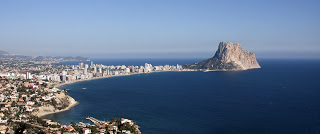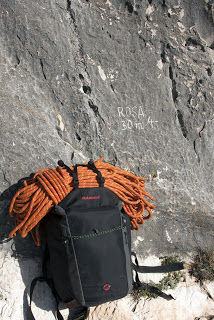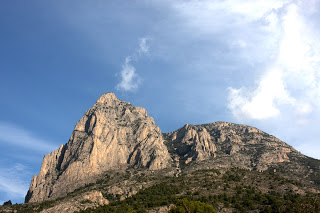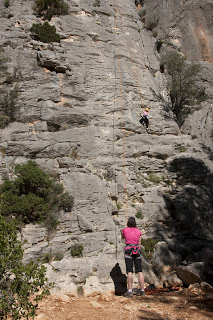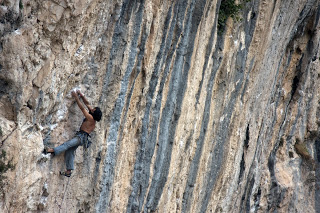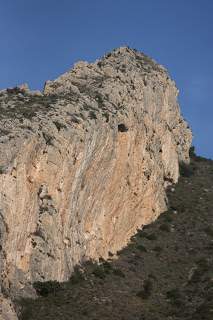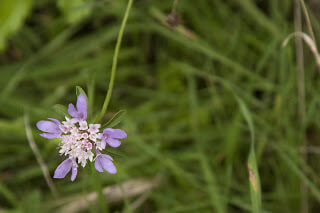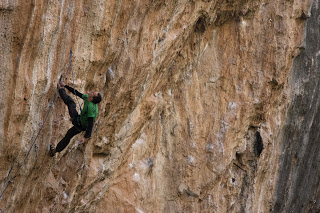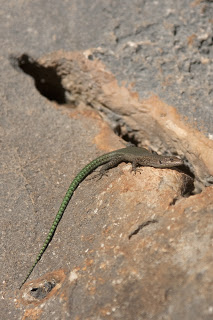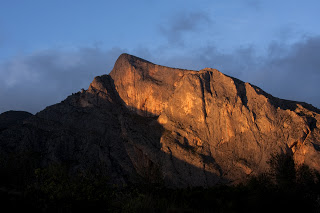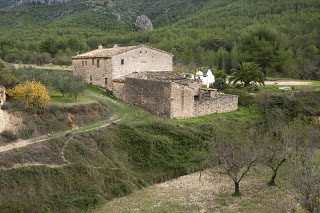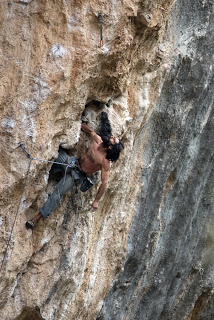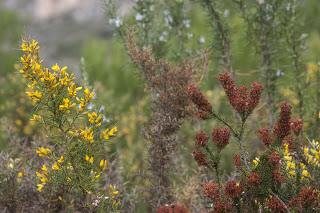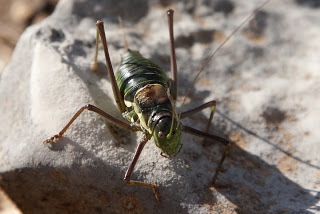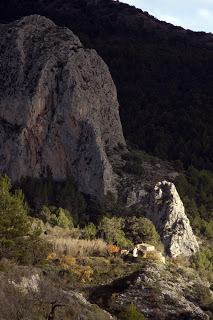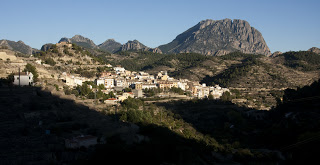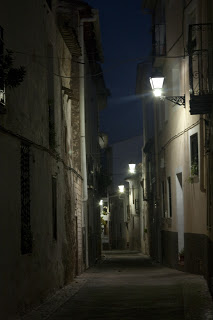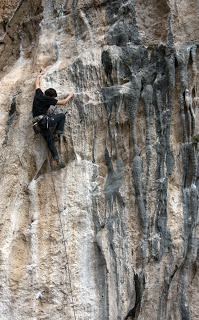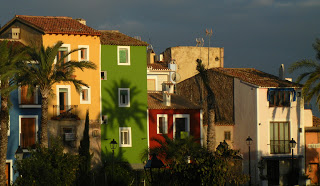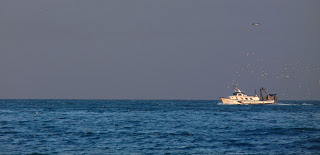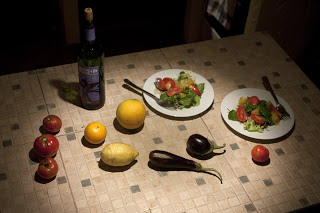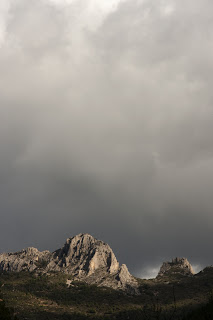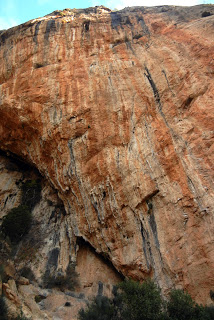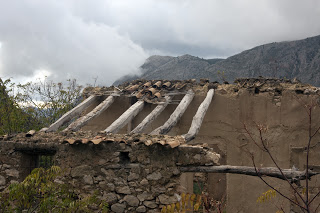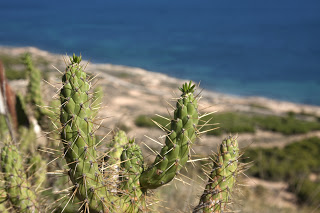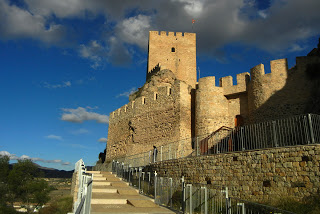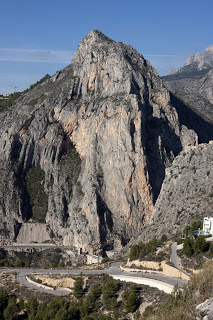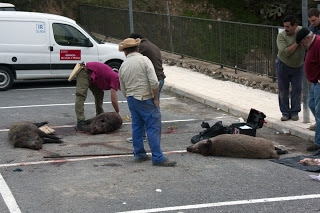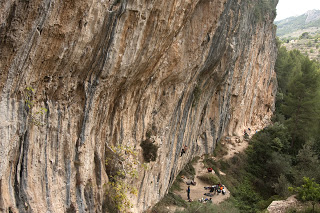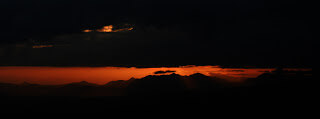Season – When you choose to visit will depend on where you want to climb. For Wild Side, November seemed a bit late. The cliff faces true north and dries quite slowly once seepage has set in, which is what happened to us after a severe storm cycle mid-month. Although people climb at Wild Side over Christmas, I was told it’s uncomfortably cold and some of the best tufa routes might be wet. The same is true for Cabezon de Oro, but Rincon Bello has less tufa, so seepage isn’t as great a problem. If you like climbing on compact grey stone at grades below 7a+ (12a), then mid-winter could be a great time to visit. Sunny, south facing grey cliffs abound and these dry very quickly.
Gear – For single pitch climbing at Sella I brought a 70-metre Mammut Infinity and 18 quickdraws, which was more than sufficient. But if you want to have a crack at the big (!) pitches at Cabezon or Rincon Bello, an 80-metre rope and 20 draws would be better. If you fancy sampling some of the awesome multi-pitch climbs in the area, a second rope and a helmet are necessary. And for the big mountain objectives on the Devino and Puig Campana, shove a standard trad rack into your duffel bag; you’ll be unable to get far without it.
Accommodation – For the zones in which we climbed, Sella (or nearby Finestrat) was the perfect location. Driving time to the cliffs was fairly minimal and the villages were peaceful havens nestled away from the grotesque, high-rise tourist culture of Benidorm. If you prefer staying near a sandy beach, Villajoyosa is the best option. This small city has history and character, and only adds twenty minutes of driving time to the Sella cliff commute.
Food – The Costa Blanca is touristy and there are literally hundreds (thousands?) of restaurant options to sift through. We concentrated on the small bars and restaurants in the villages near the climbing and would recommend “Isa I Toni’s” in Sella. English-speaking Toni was super friendly, his prices were reasonable and he provided a good, $12 “menu del dia” as well as tasty, homemade hamburgers. In addition to the restaurants, this heavily terraced valley was full of small farms so local produce and citrus fruit was readily available for whipping up interesting meals.
Other activities – If you visit early in the fall, swimming will be enjoyable on one of the many beaches. Long stretches of brown sand lie below Villajoysa, Benidorm and Calpe, and the water is a beautiful aquamarine. Secluded beaches are harder to find, but do exist – do your research! The hiking around Sella is quite good and we enjoyed a number of fine walks, but these are best done with a map or proper hiking guidebook. Our favourites outings were the hikes up Penon de Ilfach and Puig Campana, two iconic peaks with magnificent views high above the “Med”.
Although the Costa Blanca lacks the mega sport crags found farther north in Spain (Rodellar, Siurana, Margalef), the quality of its smaller cliffs was still very high, a common occurrence found across the country in our experience. Crowding was never an issue and we enjoyed the pretty peaks and proximity to the Mediterranean. For a climbing vacation tailored to mixed abilities and mixed activities, I’d recommend putting the Costa Blanca on your short list. Despite challenging weather, we came away with a positive impression. Check saltatela.blogspot.ca for topos to the cliffs mentioned in this article and casaroc.com for a great local accommodation option.
Marc Bourdon - Squamish, BC

